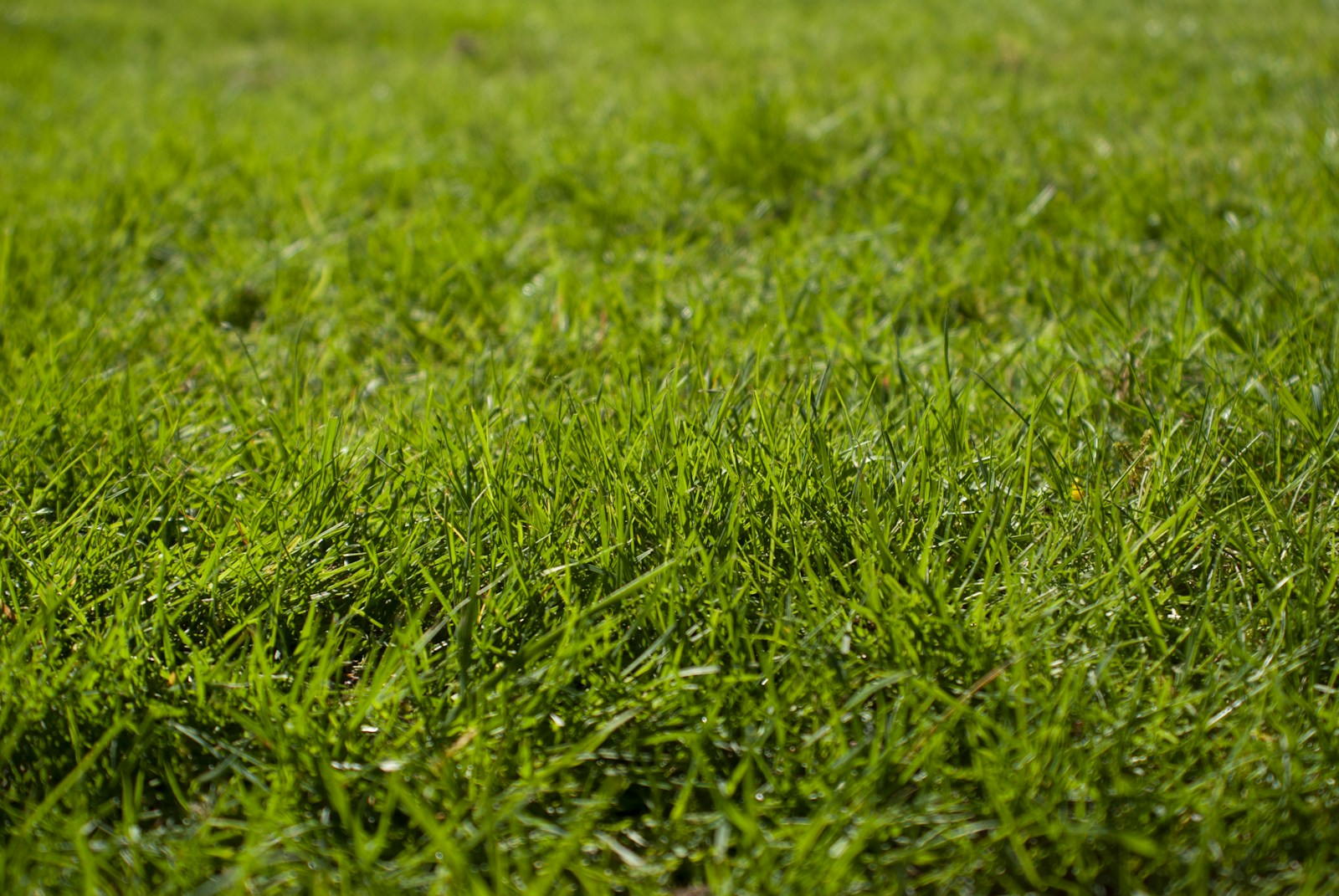Choosing between artificial turf and natural grass can be quite a head-scratcher for many gardeners and homeowners. This choice not only affects how your garden looks, but also affects your daily routine and the environment. Artificial grass is ideal for those who have little time for garden maintenance or live in dry areas where water is a precious commodity. On the other hand, if you love the feel and smell of natural grass and value ecological gardening, then natural grass may be the better choice. In this article, we compare in detail the pros and cons of both options to help you make a choice that suits your lifestyle and environmental consciousness.
We take a look at what really matters when choosing your grass – from the cost of installation and maintenance to the impact on biodiversity and the local climate. It’s not just about what looks nice in the garden, but also what’s practical and sustainable in the long run. This article provides a clear overview of everything you need to know so you can make an informed choice. Whether you go for the convenience of artificial grass or the natural beauty of real grass, we make sure you have all the information you need to decide what works best for your garden and your green thumb.

Installation and Maintenance
Artificial turf requires a significant initial investment and precise installation, but it requires relatively little maintenance after that. It does not require mowing, watering, fertilizing or re-seeding, making it a convenient option for those who do not want to spend much time on garden maintenance. Natural grass, on the other hand, requires regular care such as mowing, watering, fertilizing and weeding, which can be both time-intensive and costly.
Durability and Longevity
Artificial grass is extremely durable and can last up to more than 10 years, depending on quality and use. It can withstand heavy foot traffic and maintains its aesthetic appearance under various weather conditions. However, natural grass can be damaged quickly with heavy use and needs rest periods to recover. In regions’s with extreme weather conditions, natural grass can be difficult to maintain without significant effort and expense.
Look and Feel
Modern types of artificial grass can be very realistic, with variations in color, texture and leaf length. However, some feel it still can’t quite match the natural beauty and feel of real grass, which can be cooling in the summer and naturally fragrant after a rain. For those who appreciate aesthetic authenticity and natural habitat for local wildlife, real grass remains a superior choice.
Ecological Impact
The production of artificial grass is energy- and resource-intensive, and at the end of its life, it can be difficult to recycle, contributing to environmental impact. In contrast, natural grass requires water, fertilizers and pesticides, which also have environmental impacts such as water consumption and chemical runoff. Thus, the choice of artificial turf or natural grass may differ depending on local environmental considerations and resource availability.
Long-Term Costs
Although the initial cost of installing artificial turf may be higher than that of natural grass, maintenance costs over the life of artificial turf are often lower. Natural grass requires ongoing expenses for water, fertilizers, pesticides, and lawn care equipment or services. Artificial grass can be a cost-saving option for those in regions’s with high water costs or for those seeking a low-maintenance solution.
Choosing between artificial turf and natural grass depends on personal preferences, lifestyle, budget, and environmental awareness. Both options offer both advantages and disadvantages, and the choice should be made with a consideration of all of these factors.
Frequently Asked Questions:
1. Is artificial grass safe for children and pets?
Yes, modern artificial grass is generally safe for both children and pets. It is designed to be free of harmful chemicals and offers a robust surface that can withstand a lot of use. It is important to choose a quality product that is lead-free and offers UV protection to ensure it is safe and does not degrade under sunlight.
2. How long does artificial grass last?
The lifespan of artificial grass depends on the quality of the product and the intensity of use, but most high-quality artificial grass products last 10 to 15 years. Regular cleaning and maintenance can help extend the lifespan, and many manufacturers offer warranties that support the durability of their products.
3. Can I install artificial grass myself?
Although it is possible to install artificial grass yourself, professional installation is recommended to ensure the best results. A professional installer can ensure proper sub-surface preparation, which is essential for preventing folds and unevenness and for proper drainage. Errors in installation can lead to long-term problems and may even shorten the life of the artificial grass.
4. Does artificial grass require maintenance?
Although artificial grass requires much less maintenance than natural grass, some maintenance is still necessary to keep it in top condition. Periodically brushing the fibers helps keep them upright and remove dirt and leaves. It is also advisable to clean up spills quickly and inspect the surface regularly for signs of wear.
5. What are the environmental considerations when choosing between artificial turf and natural grass?
There are several environmental considerations in this choice. Artificial turf does not require water, fertilizers or pesticides, which can make it an environmentally friendly option in areas with water scarcity or where chemical runoff is a concern. However, the production, transportation and disposal of artificial turf can have significant environmental impacts through the use of non-renewable resources and the production of waste. Natural grass contributes to biodiversity and helps with carbon sequestration, but requires regular watering and maintenance, which also has environmental impacts. The choice may depend on local conditions and personal environmental priorities.







